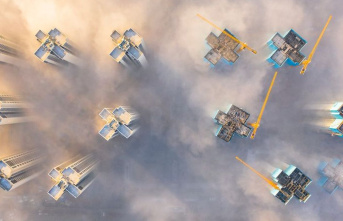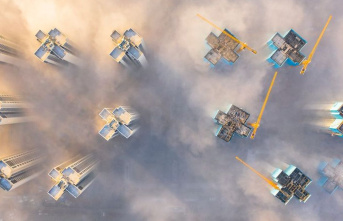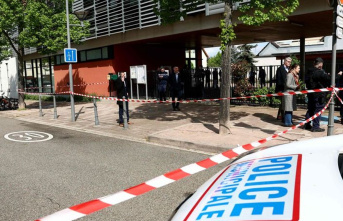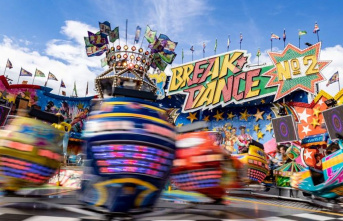The Wild Atlantic Way is one of the longest designated coastal roads in the world at over 2,600 km and runs along the west coast of Ireland. The range of different routes is correspondingly large. A section in the southwest offers a particularly varied road trip, which can be started by car or camper van.
As the first destination for a trip to Ireland, the capital of the republic on the east coast is always a worthwhile place. To get in the mood for Irish culture, holidaymakers can immerse themselves in Dublin's world of live music and pubs. From there we continue south by car. The colorful town of Kinsale, which is the official start or end point of the coast road, but also Cork or Clonakilty can be chosen as the southern starting point of the road trip.
Cork is the second largest city in Ireland after Dublin. When strolling through the city, it is worth stopping at Finbarre's Cathedral, the Elizabeth Fort, the university campus or the English Market. The latter is located in the city center and is a market hall offering many national products. The more sedate Clonakilty, the birthplace of Irish independence fighter and politician Michael Collins (1890-1922), boasts a city center full of colorful facades and a lively music and cultural scene.
A first adventure full of raw nature awaits on the Mizen Peninsula. Mizen Head is the South West tip of Ireland and with its rocky cliffs it's a popular destination for a reason. Coastal paths, steps and a spectacular bridge over the water make it easy to explore the area around the summit, which offers many viewpoints.
The Mizen Peninsula is the southernmost of Ireland's four southwestern peninsulas. North of this is Sheep's Head and the Beara Peninsula. The place Glengarriff is recommended as a first stop. From there you can take a trip to the garden island of Garinish. The crossing by boat leads past seal banks, on the flower island a true idyll with a breathtaking variety of plants awaits you.
The rest of the Beara Peninsula is best traveled along the Ring of Beara Coastal Ring Road. Because of the narrow and winding roads, it is closed to coaches over 2.8 tons and mobile homes, so it is less crowded with tourists and the view of untouched landscapes and secluded beaches can be fully enjoyed. At the end of the peninsula is Dursey Island. The island can be reached in an adventurous way: by Ireland's only cable car. A single cabin commutes between the island and the mainland, the sliding doors of the cabin for about six people can be closed by the passengers by hand. The journey time 250 meters above the Atlantic is around ten minutes.
Since the mid-1970s, Dursey Island has been largely uninhabited and used for grazing by mainland farmers. The landscape with its animal inhabitants can be explored, for example, on a circular route. If you don't want to take the north of the Beara Peninsula with you, you can choose the Healy Pass in the heart of the peninsula, a twelve kilometer long pass road through rough and lonely landscape. Arriving at the top of the pass, the view of Glenmore Lake, the mountain scenery and the peninsula widens.
Another scenic coastal route stretching 179 kilometers is the Ring of Kerry on the Iveragh Peninsula. Due to the narrowness of the streets, buses and trucks are only allowed to drive in one direction (the National Road 70 counterclockwise) here. Again and again there are panoramic views of rolling hills, picturesque bays and steep cliffs. The Kerry Cliffs, which are located on the Skellig Ring as an extension of the Ring of Kerry, offer a particularly impressive cliff panorama.
They are unfairly overshadowed by the more northerly Cliffs of Moher. Dropping more than 300 meters down the massive cliffs, the crashing surf of the wild Atlantic and the silhouette of the island of Skellig Michael on the horizon make the stop a symbol of the Wild Atlantic Way. If you have more time, you can then head for the Dingle Peninsula and the Cliffs of Moher, which can be very crowded during the holiday season.
At the end of the tour, Killarney National Park can be visited. It borders the town of Killarney and includes the three lakes Lough Leane, Muckross Lake and Upper Lake. The natural environment around Lough Leane can be explored by walking or cycling. A stop at Ross Castle, a typical castle of a medieval Irish clan chief, is accessible from the lake shore. The Muckross House can be visited at Muckross Lake. The 19th-century Victorian mansion rose to prominence in 1861 when Britain's Queen Victoria stayed there for a few days. Today, the rooms and their furnishings give a good impression of the life of the nobles in the past.
The journey back to Dublin can be started via Limerick.











